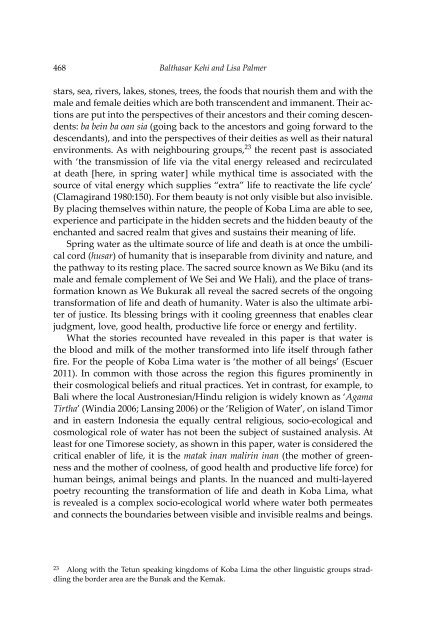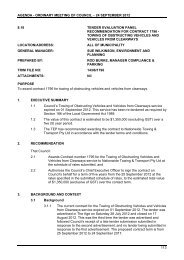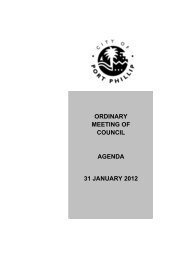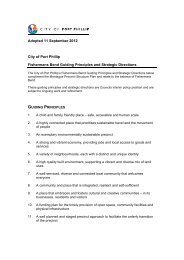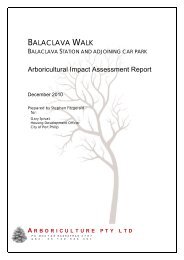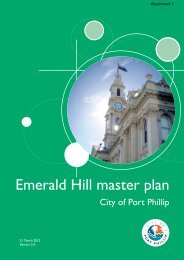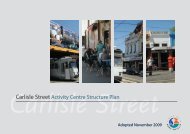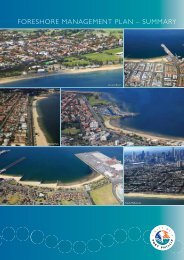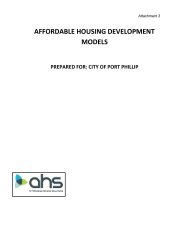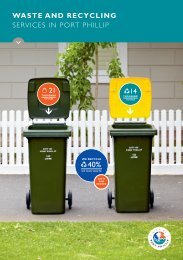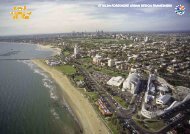Create successful ePaper yourself
Turn your PDF publications into a flip-book with our unique Google optimized e-Paper software.
468<br />
Balthasar <strong>Kehi</strong> <strong>and</strong> Lisa <strong>Palmer</strong><br />
stars, sea, rivers, lakes, stones, trees, the foods that nourish them <strong>and</strong> with the<br />
male <strong>and</strong> female deities which are both transcendent <strong>and</strong> immanent. Their actions<br />
are put into the perspectives <strong>of</strong> their ancestors <strong>and</strong> their coming descendents:<br />
ba bein ba oan sia (going back to the ancestors <strong>and</strong> going forward to the<br />
descendants), <strong>and</strong> into the perspectives <strong>of</strong> their deities as well as their natural<br />
environments. As with neighbouring groups, 23 the recent past is associated<br />
with ‘the transmission <strong>of</strong> life via the vital energy released <strong>and</strong> recirculated<br />
at death [here, in spring water] while mythical time is associated with the<br />
source <strong>of</strong> vital energy which supplies “extra” life to reactivate the life cycle’<br />
(Clamagir<strong>and</strong> 1980:150). For them beauty is not only visible but also invisible.<br />
By placing themselves within nature, the people <strong>of</strong> Koba Lima are able to see,<br />
experience <strong>and</strong> participate in the hidden secrets <strong>and</strong> the hidden beauty <strong>of</strong> the<br />
enchanted <strong>and</strong> sacred realm that gives <strong>and</strong> sustains their meaning <strong>of</strong> life.<br />
Spring water as the ultimate source <strong>of</strong> life <strong>and</strong> death is at once the umbilical<br />
cord (husar) <strong>of</strong> humanity that is inseparable from divinity <strong>and</strong> nature, <strong>and</strong><br />
the pathway to its resting place. The sacred source known as We Biku (<strong>and</strong> its<br />
male <strong>and</strong> female complement <strong>of</strong> We Sei <strong>and</strong> We Hali), <strong>and</strong> the place <strong>of</strong> transformation<br />
known as We Bukurak all reveal the sacred secrets <strong>of</strong> the ongoing<br />
transformation <strong>of</strong> life <strong>and</strong> death <strong>of</strong> humanity. Water is also the ultimate arbiter<br />
<strong>of</strong> justice. Its blessing brings with it cooling greenness that enables clear<br />
judgment, love, good health, productive life force or energy <strong>and</strong> fertility.<br />
What the stories recounted have revealed in this paper is that water is<br />
the blood <strong>and</strong> milk <strong>of</strong> the mother transformed into life itself through father<br />
fire. For the people <strong>of</strong> Koba Lima water is ‘the mother <strong>of</strong> all beings’ (Escuer<br />
2011). In common with those across the region this figures prominently in<br />
their cosmological beliefs <strong>and</strong> ritual practices. Yet in contrast, for example, to<br />
Bali where the local Austronesian/Hindu religion is widely known as ‘Agama<br />
Tirtha’ (Windia 2006; Lansing 2006) or the ‘Religion <strong>of</strong> Water’, on isl<strong>and</strong> Timor<br />
<strong>and</strong> in eastern Indonesia the equally central religious, socio-ecological <strong>and</strong><br />
cosmological role <strong>of</strong> water has not been the subject <strong>of</strong> sustained analysis. At<br />
least for one Timorese society, as shown in this paper, water is considered the<br />
critical enabler <strong>of</strong> life, it is the matak inan malirin inan (the mother <strong>of</strong> greenness<br />
<strong>and</strong> the mother <strong>of</strong> coolness, <strong>of</strong> good health <strong>and</strong> productive life force) for<br />
human beings, animal beings <strong>and</strong> plants. In the nuanced <strong>and</strong> multi-layered<br />
poetry recounting the transformation <strong>of</strong> life <strong>and</strong> death in Koba Lima, what<br />
is revealed is a complex socio-ecological world where water both permeates<br />
<strong>and</strong> connects the boundaries between visible <strong>and</strong> invisible realms <strong>and</strong> beings.<br />
23 Along with the Tetun speaking kingdoms <strong>of</strong> Koba Lima the other linguistic groups straddling<br />
the border area are the Bunak <strong>and</strong> the Kemak.


